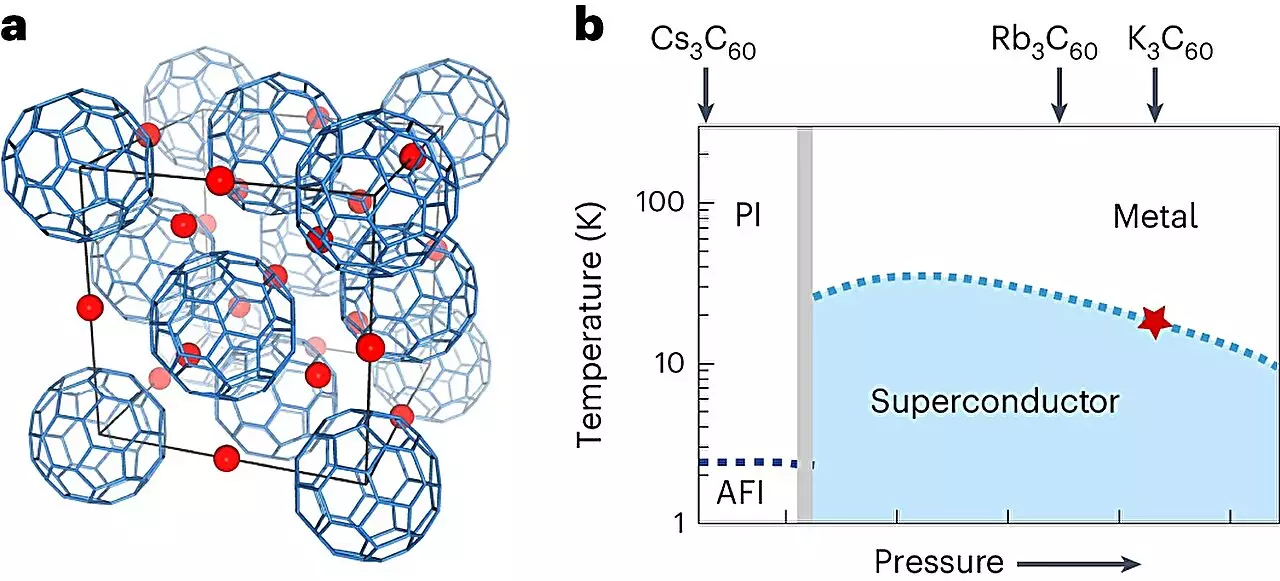The Max Planck Institute for the Structure and Dynamics of Matter (MPSD) in Hamburg, Germany, has been at the forefront of researching the effect of tailored laser drives on quantum materials. In particular, their work on unconventional superconductors has yielded interesting results. However, the complexity of these experiments has hindered systematic study and optimization, hampering the development of technological applications. Recently, the Cavalleri group, part of the MPSD, made a significant breakthrough in creating a metastable, superconducting-like state in K₃C₆₀ using laser light in a more efficient manner. This discovery has the potential to revolutionize the field of light-induced superconductivity.
The researchers at the Max Planck Institute discovered that by tuning the laser light to a specific low frequency resonance of 10 THz, they could induce the desired superconducting-like state at significantly higher temperatures. This breakthrough allowed them to reduce the intensity of the light pulses by a factor of 100 while achieving the same effect. The use of laser technology developed at the Institute was crucial in this achievement.
The team observed that the light-induced state persisted at room temperature for 100 picoseconds, with a predicted lifetime of at least 0.5 nanoseconds. This extended lifetime opens up new possibilities for practical applications of light-induced superconductivity. Lead author Edward Rowe, a Ph.D. student in the Cavalleri group, highlights the importance of identifying the resonance frequency in understanding the underlying mechanism of photo-induced superconductivity. Currently, there is no widely accepted theoretical explanation for this effect in K₃C₆₀.
Rowe suggests that a light source with a higher repetition rate at the 10 THz frequency could sustain the metastable state for even longer periods. This raises the possibility of continuously maintaining the superconducting-like state, which would have significant implications for developing futuristic technologies. MPSD Director Andrea Cavalleri believes that this discovery is a testament to the progress made in technology and its potential to make once impractical phenomena applicable. The convergence of two decades worth of research on these effects could pave the way for breakthrough technologies in the future.
The Max Planck Institute for the Structure and Dynamics of Matter has made significant progress in the field of light-induced superconductivity. By fine-tuning laser drives to a specific resonance frequency, they have achieved a more efficient way of inducing a metastable, superconducting-like state in K₃C₆₀. The extended lifetime of this state and the potential for sustaining it continuously opens up exciting possibilities for future technologies.


Leave a Reply